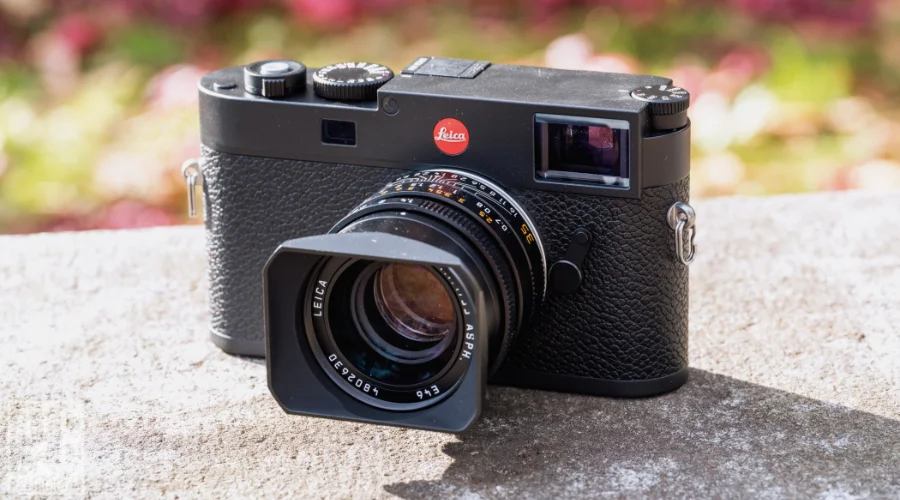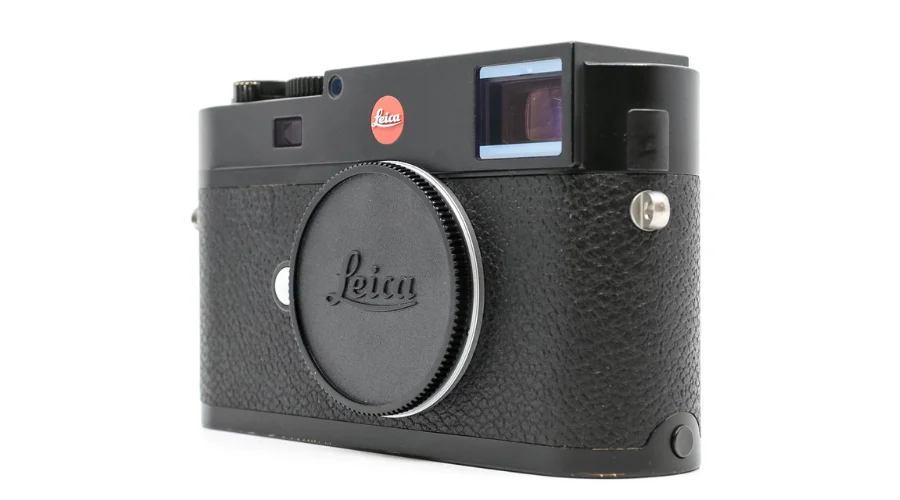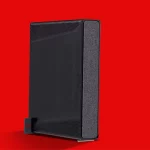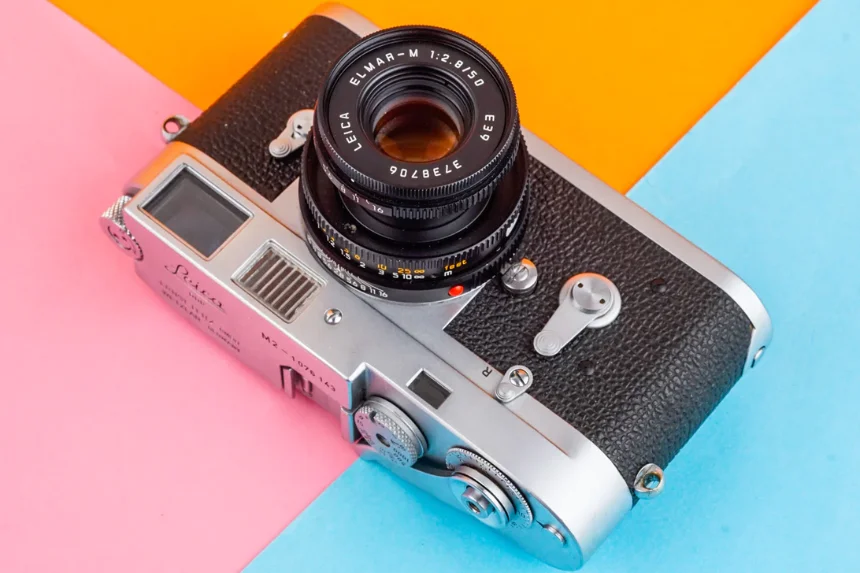Rangefinder cameras have an enduring allure that transcends generations of photographers. In a world dominated by DSLRs and mirrorless cameras, these classic instruments stand as unique and distinguished tools for capturing moments.
A rangefinder camera is a type of camera that uses a rangefinder mechanism to measure the subject’s distance from the camera. Unlike Single Lens Reflex (SLR) cameras or mirrorless cameras, rangefinders do not employ a mirror and pentaprism/pentamirror for framing and focusing. Instead, they feature a separate viewfinder and a rangefinder patch, allowing photographers to manually focus their shots by aligning two images in the viewfinder.
How are Rangefinder cameras different from DSLRs and Mirrorless Camera?
To understand the unique appeal of rangefinder cameras, it’s essential to highlight the key distinctions that set them apart from DSLRs and mirrorless cameras:
1. Optical Viewfinder and Rangefinder Focusing:
Rangefinders utilize an Optical Viewfinder (OVF) separate from the primary lens, offering a direct, unobstructed view of the scene. This optical viewfinder is prized for its clarity and minimal lag. Rangefinder focusing is a manual process where photographers manually adjust the focus by aligning a superimposed, ghosted image with the primary viewfinder image. This method provides precise control over focusing.
2. Compact and Lightweight Design:
Rangefinder cameras are known for their compact and lightweight design, making them highly portable and inconspicuous, ideal for street and documentary photography.
3. Silent Shutter:
Rangefinder cameras often feature a nearly silent shutter, allowing photographers to capture images discreetly without disturbing the surroundings. This attribute is especially valuable in situations where quiet operation is essential.
4. Lack of Mirror Mechanism:
Rangefinders lack a mirror mechanism found in DSLRs, resulting in less vibration and camera shake when taking photos. This absence contributes to their renowned stability and sharpness.
What are the key features that photographers should consider when choosing a rangefinder camera for their specific needs?
Selecting the perfect rangefinder camera involves careful consideration of various factors tailored to your specific needs:
1. Lens Compatibility
Decide whether you prefer a rangefinder camera with a fixed lens or one that allows you to interchange lenses. Fixed-lens rangefinders are compact and often have exceptional optics, while interchangeable-lens models offer versatility for various shooting scenarios.
2. Focusing Mechanism
Consider your comfort level with manual focus when choosing a rangefinder camera. Rangefinders excel at manual focusing, providing precision and creative control. If you enjoy the tactile experience of focusing, this may be a significant advantage.
3. Viewfinder Type
Some modern rangefinders offer electronic viewfinders (EVFs) as an alternative to optical viewfinders. Electronic viewfinders can display exposure information, histograms, and other critical details, offering a different shooting experience. Consider which type aligns with your preferences.
4. Build Quality and Materials
Analyze the camera’s construction, including the materials and build quality. The durability and resilience of your chosen rangefinder can impact its performance in different conditions. Opt for a camera that suits your intended usage, whether it’s studio work or adventurous outdoor photography.
5. Price Range
Determine your budget and explore rangefinder cameras within that range. Keep in mind that vintage and modern models vary in price, and older models may offer exceptional value for those willing to embrace analog photography.
6. Intended Photography Style or Genre
Are there specific photography genres or styles for which rangefinder cameras are particularly well-suited? Consider your preferred photography style or genre when selecting a rangefinder camera. Rangefinders are renowned for their suitability in various contexts:
- Street Photography: Rangefinders are prized for street photography due to their compact size, silent operation, and precise manual focusing. The discreet nature of rangefinder cameras allows photographers to capture candid moments without drawing attention.
- Documentary Photography: Their inconspicuous nature and unobtrusive shutter make rangefinders well-suited for documentary work. Photographers can document events and stories with minimal intrusion.
- Landscape and Portrait Photography: Rangefinders with high-quality optics are excellent choices for capturing landscapes and portraits with exceptional clarity and sharpness. The absence of mirror-induced vibrations contributes to the sharpness of images.
- Travel Photography: Compact rangefinders are ideal travel companions, offering portability and versatility for capturing travel memories. Their unobtrusive design is conducive to on-the-go photography.
7. Advanced Features
Consider whether you require specific advanced features in your rangefinder camera:
- Light Metering: Some rangefinder cameras include built-in light meters, simplifying exposure adjustments.
- Film or Digital: Decide whether you prefer a film or digital rangefinder camera, each with its unique characteristics and workflow. Film rangefinders offer a nostalgic and tactile experience, while digital rangefinders provide the convenience of instant feedback and digital processing.
Best Rangefinder Cameras to buy from MBP.com:
1. Leica M11

The Leica M11 rangefinder camera, released in 2022, weighs 640 grams and boasts a 60.3-megapixel Full Frame CMOS sensor. It can shoot at a maximum frame rate of 4.5 FPS and has an ISO range from 100 to 50,000. The camera uses SD/SDHC/SDXC storage media and features a Leica M lens mount. It has a 3-inch LCD with 2,332,800 pixels, a touchscreen, and built-in Wi-Fi, but lacks a microphone or headphone jack. It includes a hot shoe connection for accessories and offers both JPEG and RAW file formats. The camera’s minimum shutter speed is 60 seconds, and its maximum shutter speed is 1/4000 seconds. It has an optical viewfinder, a Type-C USB port, and built-in Bluetooth for connectivity.
2. Leica M-P (Typ 240)
The Leica M-P rangefinder camera, released in 2014, weighs 680 grams and features a 24-megapixel Full Frame CMOS sensor. It can shoot at a maximum frame rate of 3 FPS, with no auto-focus capabilities. The camera uses SD/SDHC/SDXC storage media and offers a Leica M lens mount. It has a 3-inch LCD with 921,600 pixels but lacks touchscreen functionality. Other features include a headphone jack, built-in microphone, live view, and a hot shoe connection. The camera’s ISO ranges from 200 to 6,400, and it can record Full HD video at a maximum frame rate of 30 FPS. It does not have built-in Bluetooth or Wi-Fi, and its maximum shutter speed is 1/4000 seconds.
3. Leica M (Typ 262)

Released in 2015, the Leica M (Type 262) rangefinder camera weighs 600 grams and features a 24-megapixel Full Frame CMOS sensor. It offers a maximum frame rate of 3 FPS with manual focus as it lacks auto-focus capabilities. The camera uses SD/SDHC/SDXC storage media and has a Leica M lens mount. It sports a 3-inch LCD with 921,600 pixels but doesn’t have a touchscreen. Additional features include a hot shoe connection, live view, and an ISO range from 200 to 6,400. However, it doesn’t have built-in Bluetooth, Wi-Fi, or a built-in microphone. The camera’s maximum shutter speed is 1/4000 seconds, and it comes with Leica TTL flash compatibility.
4. Leica M8 Black [10701]
![Leica M8 Black [10701]](https://thewebhunting.com/wp-content/uploads/2023/09/Leica-M8-Black-10701.webp)
What are some of the modern innovations or advancements in rangefinder camera technology?
Rangefinder cameras have a rich history, evolving to meet the demands of photographers. Here’s a glimpse into their evolution and some modern innovations:
1. Early Rangefinders (1930s-1950s)
Leica M Series: The iconic Leica M series set the standard for rangefinder cameras with their precision engineering and exceptional optics. These cameras epitomize the craftsmanship and attention to detail associated with rangefinders.
2. Mid-20th Century
Japanese Manufacturers: Companies like Canon, Nikon, and Minolta introduced rangefinders that gained popularity for their performance and affordability. Japanese rangefinders offered alternatives to Leica, making rangefinder photography accessible to a broader audience.
3. Late 20th Century
Transition to SLRs: Rangefinder cameras saw a decline in popularity as SLRs and autofocus technology became dominant. The versatility and convenience of SLRs, especially for professionals, contributed to this shift.
4. Revival in the 21st Century
Digital Rangefinders: Leica rekindled interest in rangefinder photography with digital models like the Leica M9, combining the classic experience with modern digital capabilities. These digital rangefinders offered the best of both worlds.
5. Modern Innovations
Rangefinder cameras continue to evolve with modern innovations:
- Electronic Viewfinders (EVFs): Some contemporary rangefinders incorporate EVFs, offering hybrid shooting experiences with the benefits of digital technology. EVFs provide additional information and shooting aids, making them useful in specific scenarios.
- Connectivity: Many modern rangefinders feature wireless connectivity for transferring photos, remote control, and sharing images on social media or cloud platforms. This enhances the convenience and sharing capabilities of these cameras.
- Improved Optics: Advances in lens design and manufacturing have resulted in rangefinder lenses with exceptional optical quality. These lenses deliver high resolution and sharpness, meeting the demands of today’s discerning photographers.
Conclusion
MPB.com offers a diverse range of rangefinder cameras that cater to both vintage camera enthusiasts and modern photographers looking for unique shooting experiences. These cameras combine classic design with advanced optics, providing a distinctive and tactile approach to photography. Whether you’re drawn to the charm of film rangefinders or the practicality of digital models, MPB.com’s selection allows you to explore the timeless world of rangefinder photography and capture moments with a touch of nostalgia or contemporary flair. For more information on cameras, visit the Webhunting.








